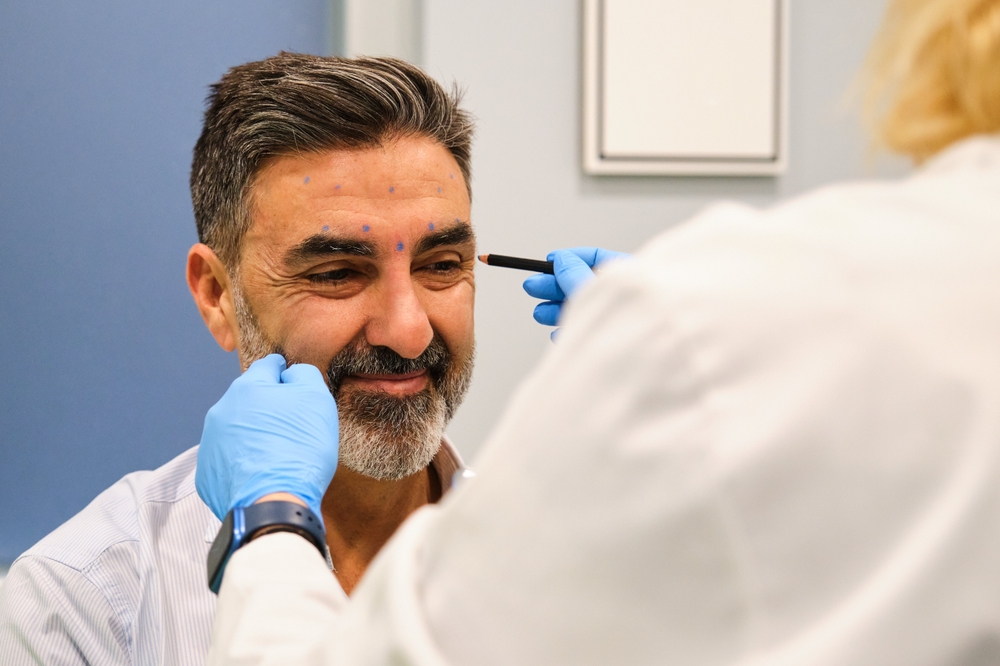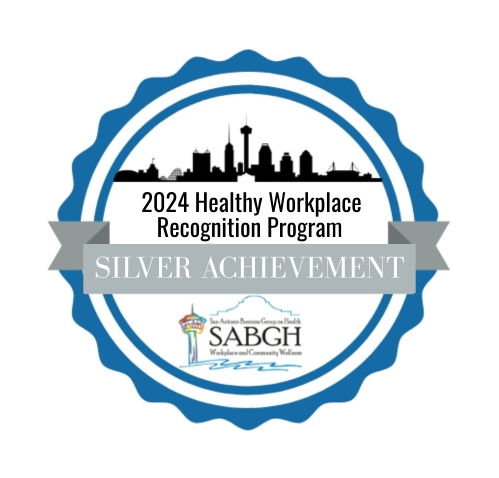When people are discussing heart issues, be it blood pressure or atherosclerosis or heart attack, most will also be thinking about having an elevated heart rate, or tachycardia. This is commonly associated with diagnoses like atrial fibrillation, SVT, or sinus tachycardia. These are the situations you don’t want. If our heart rate gets elevated, we want it that way as a result of normal reasons, either exercise or regular physical exertion.
A normal heart rate at rest is considered to be between 60 to 100 beats per minute. A heart rate above 100 is tachycardia. Any number of beats below 60 is called bradycardia. However, we have to take into account the individual and situation. Healthy people who are physically active have heart rates in the 50’s while at rest. Athletes can even have resting heart rates in the 40’s and some in the 30’s! When we sleep, our heart rate usually dips into the 30’s and 40’s when our body’s demand for blood flow is minimal.
With so much attention always being placed on elevated blood pressure and heart rate, it’s important not to forget about the other end of the spectrum – bradycardia. If you have fatigue, lightheadedness, or shortness of breath with activity, that could be a sign that your heart rate is too low. For example, if you are working in the yard doing chores and your heart rate is only 50 beats per minute, you may be short of breath. Yard work may require a heart rate of 80 to 100 beats per minute. If your heart cannot keep up with the demands your muscles and body are making, you will be short of breath or fatigue easily. Heart rate determines our cardiac output. If our heart cannot provide adequate output, symptoms will begin.
Identifying symptoms of bradycardia is the first step to uncovering a problem. If it is suspected, an EKG or heart monitor may be used to see what pattern the heart is following. After that, the cause of a slow heart rate needs to be determined. Common reasons include:
- Poor thyroid function – hypothyroidism can affect the electrical impulses in the heart
- Medications – cardiac drugs such as beta blockers and calcium channel blockers
- Electrolyte imbalances of potassium, magnesium and calcium
- Physical changes – previous heart surgery and congenital (since birth) issues.
A pacemaker is the only long-term solution for progressed bradycardia, but there are several steps you can take to help keep your heart rate balanced. And no surprise, they all involve parts of a healthy lifestyle:
- Eat healthy. Give your body the nutrition it needs while avoiding what it doesn’t.
- Be active. Get outside, get the heart beating and soak up the sun (just not too much)
- Avoid chemicals, both in the foods you eat and in your environment
- Reduce mental stresses like anger, anxiety and depression
Work on these and you’re giving your heart the best chance to stay healthy and beating the way it should!
















